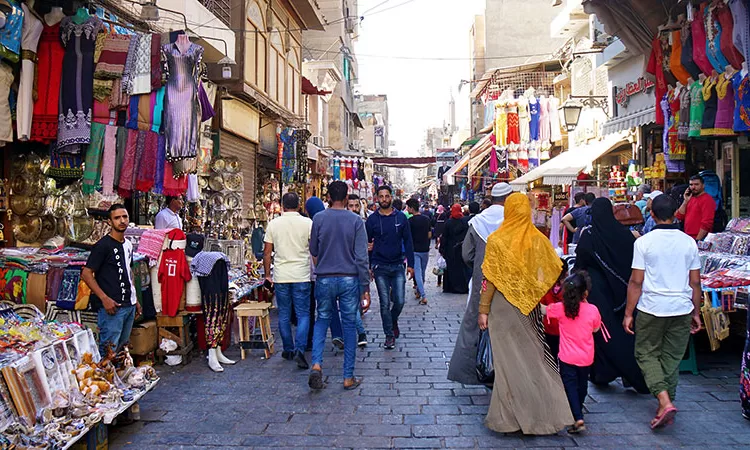Capital Intelligence Ratings (CI Ratings) has revised the Outlook on Egypt’s Long-Term Foreign Currency Rating (LT FCR) and Long-Term Local Currency Rating (LT LCR) to stable from negative. At the same time, it has affirmed the sovereign’s LT FCR and LT LCR at ‘B’, and Short-Term (ST) FCR and ST LCR at ‘B’.
The rating agency has said the change in the outlook reflects the decline in external financing risks and improving shock absorption capacity since our last review.
CI Ratings said the outlook may be revised to “positive” in a year’s time if Egypt manages to lower its external financing risks and vulnerability to external shocks significantly by building up a higher than currently projected level of foreign exchange reserves, supported by a credible exchange rate regime and stronger than projected foreign direct investment (FDI) from the planned sale of government assets.
“The ratings could be upgraded if the government implements durable fiscal reforms that reduce central government debt and interest expense at a faster than projected pace. The ratings could also be upgraded if the government reduces socioeconomic imbalances sustainably and addresses the significant weaknesses in the local private sector,” said a CI Ratings report, a copy of which was made available to The Egyptian Gazette.
Reform momentum
The Egyptian government will maintain the reform momentum and continue to operate a flexible exchange rate in the short to medium term to stabilise the economy.
“This is attributable to the availability of significant reform-linked financial assistance from the IMF, the World Bank (WB) and EU, and to the proceeds of the Ras El-Hikma investment agreed with the Abu Dhabi Developmental Holding Company (ADQ). These developments have largely resolved the latest foreign currency shortages in the local market, allowing the government to move to a more flexible exchange rate regime,” it explained.
The latter should help reduce Egypt’s vulnerability to external shocks and increase its foreign reserve buffer to provide adequate coverage of short-term external debt on a remaining maturity basis.
CI Ratings has made it clear that the ratings remain supported by the moderate level of external debt, ongoing efforts to improve data compilation and quantify the informal economy in order to tax it, and by the government’s commitment to fiscal reforms aimed at putting central government debt on a declining trajectory, as well as a relatively resilient banking system.
Higher FDI inflows
“The Ras El-Hikma agreement underscores the vital importance of ongoing support from GCC allies for Egypt’s economy and government, in our view. This UAE investment in Ras El-Hikma – which led to FDI inflow of $24 billion and the conversion of $11 billion at the central bank of Egypt (CBE) into local currency investments in developmental projects – has helped to reduce the need to issue new debt and concurrently increase the level of foreign exchange reserves,” it said.
Moreover, reform-linked financing from the IMF and the EU – estimated at $5.1 billion annually in FY25 and FY26 – is expected to partially cover the government’s external funding gap, according to CI Ratings.
According to the IMF, the residual external funding gap is estimated to be on average $4billion in FY25-26 and is expected to be covered through divestment proceeds.






Discussion about this post